After some months of work, I am finally able to show my development. It took almost six months to complete this project, because my priority are the darkroom activities such as film developing and printing. Therefore I was able to work on this only in the remaining time slots I had.
The backbone of my 16mm film scanner is a Siemens 2000 projector. It is one of the oldest model, without sound, but characterized by a very precise film transport. There are just a few plastic parts and most of the components are made of durable metal.
I removed all the original parts (motor, ecc…) and cleaned the mechanics, which was dirty after years of usage and decades of sleep.I have installed a NEMA 23 stepper motor. The motor is driven by a TB6600 driver. Inside of the original case the power supply find its place too. The operations are coordinated by an Arduino Uno board and all the additional components are soldered on top of a prototipe board, which is plugged on Arduino directly. The proper timing is given by an Hall sensor, mounted on the projector. On the main axis, a small magnet is rotating. The lamp used is a led one, controlled by a dimmer. I selected a bulb with good CRI index and E14 socket. I kept the original selector, which allows a fast forward and backward and to start the data-taking.
Some photos of the interior.
About the optics: I am using a Componon 50/4 which I was not using anymore in my darkroom. The lens is embedded inside a projector´s lens which was damaged (I sacrified it to keep the body only):
Here is the machine in operation: camera is a Lumix G6, with electronic shutter. The sound you can hear is not the shutter, but coming from the camera´s loudspeakers. It can be deactivated. I connected the camera to Arduino by using a PC817 optoisolator. The camera is powered by an external power supply.
The data taking is very slow, but it can speeded up, because when I was setting the delays in Arduino, I was very conservative. Next step will be to re-configure it to gain some time, even if actually, I don´t care too much about speed, since I need to digitize only my own film (and I don´t use kilometers of film).
I have also added the following systems to distribute a tiny layer of Filmguard on the film. The microfiber cloth is mounted on the white cylinders, which can be removed and cleaned.
This is a first test of the scanner. I merged the frames, taken in monochrome and with the maximum resolution, with FFMPEG. With Shotcut I just adjusted brightness and contrast. No further corrections were made.
Make me questions if you wish, I think that I could have forgotten to explain some details which you wish to know. If you have any hint/suggestion to further improve the image quality, I would be grateful to you! Now I am using the Componon enlarger lens at f/4, perhaps it would be better to stop it down to f/5.6 or f/8.
Thank you for your space and for the motivation you gave me! Kinograph is a wonderful idea!
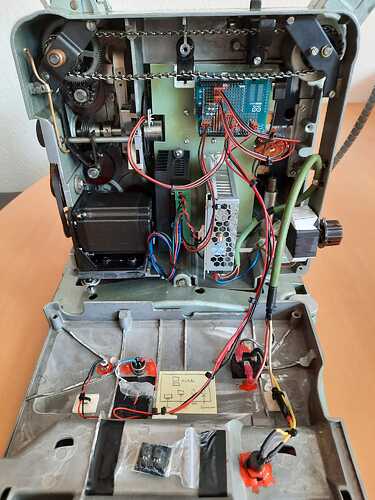
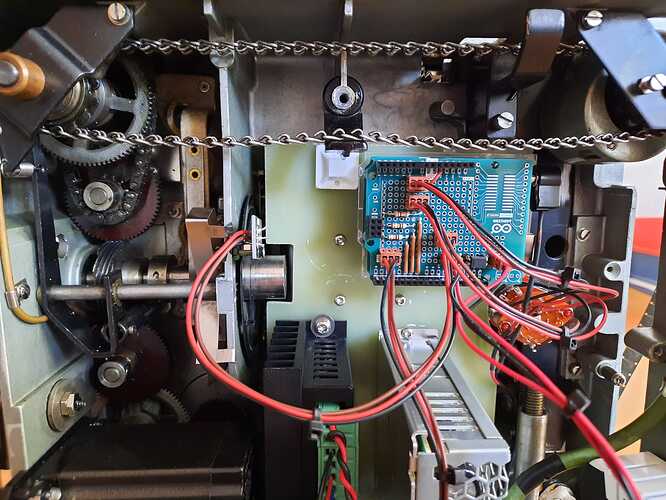


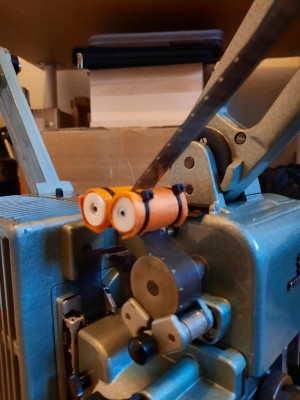


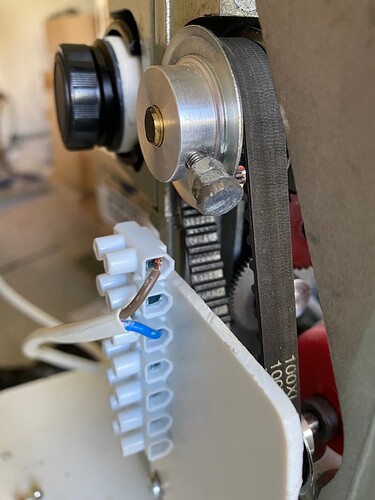

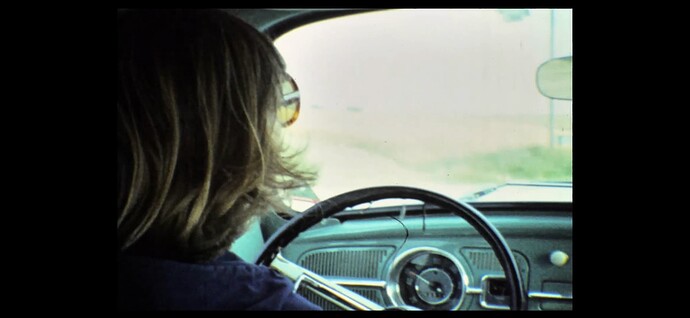
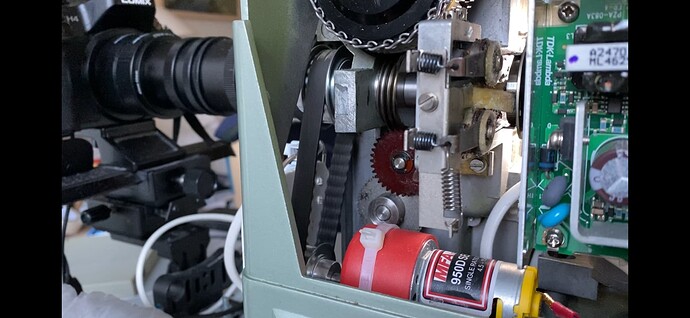
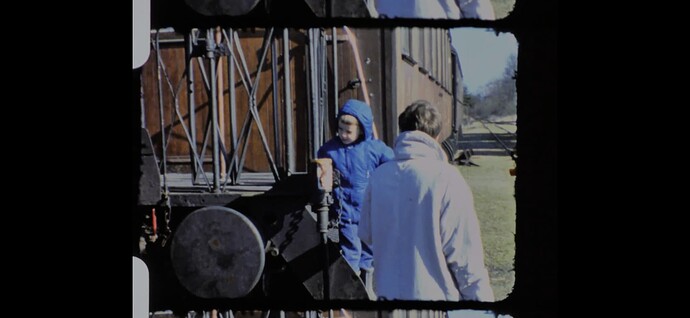
 !
!